Cloud security involves implementing technologies and methodologies to safeguard cloud computing systems from various cybersecurity threats. This article aims to provide insights into the recommended practices that can help guarantee the safety of your data and applications in the cloud. By adopting these measures, you can protect your cloud-based resources from unauthorized access, data breaches, and other malicious activities.
What is Cloud Security?

As more organizations seek to expand their businesses and reach a global audience through cloud computing, the need for cloud security and its associated top practices becomes increasingly vital in the fight against present and future threats. This is particularly important for businesses storing critical data on the cloud. In such cases, implementing robust cloud security measures is essential to ensure their data is well-protected from potential security breaches, unauthorized access, and other malicious activities.
What is the purpose of Cloud Security?

Over the past decade, cloud computing has revolutionized how modern businesses operate and leverage technology. The adoption of cloud computing has grown exponentially worldwide, with very few businesses now preferring on-premises IT infrastructure over cloud-based computing services.
One of the primary benefits of cloud technologies is the ease of accessibility via an internet connection, allowing users to access them from anywhere, including their homes and offices. However, these cloud services are often utilized to store and manage an organization’s sensitive data, which makes the data vulnerable to potential security threats. As a result, ensuring robust cloud security measures has become critical for businesses that rely on cloud computing services to store and manage their data.
Now we will discuss top practices which will assist in securing your precious data on the cloud:
Apply Endpoint Security

When multiple users from different geographical regions access cloud resources through various devices, organizations must regularly update and upgrade their user endpoints. This is particularly important when most of the workforce works from home. Implementing and maintaining anti-malware, firewalls, access control systems, and other measures can help ensure the security of cloud resources accessed through these endpoints.
It’s important to note that security loopholes can occur anywhere in your cloud infrastructure, including your data center. Failure to identify and address these vulnerabilities leaves your organization vulnerable to cybercriminals who could infiltrate your cloud deployment. Fortunately, many cloud service providers offer penetration testing to identify and address such security gaps. However, conducting these checks regularly is essential to detect any cracks that may have developed in your infrastructure.
Safe List

To safeguard data stored in the cloud, businesses must define the required security solutions. One such solution is to maintain a safe list of all services that employees in the organization can access. This allows for defining each employee’s access to data and how they can manipulate it.
Creating a comprehensive safe list allows a company to establish rules outlining who has access to what cloud services, how they are permitted to use them, and what types of data can be stored in the cloud. This approach leads to more efficient data management since everyone knows the information they can use and share.
Moreover, making employees aware of the data they can use and share via cloud platforms can be achieved through a safe list. The list clearly describes the security procedures that should be followed while dealing with cloud-based data and apps. This ensures that each employee knows the data allowed to be processed via the cloud environment.
Usage Policies

Access control ensures only authorized users can access sensitive information stored in the cloud. With access control rules in place, you can regulate user access and assign specific rights and access privileges to individual users based on their roles and responsibilities. For instance, a developer may not have the same level of access as an administrator.
However, despite having established policies for secure cloud usage, employees may still violate these policies, leading to security breaches. Therefore, monitoring their cloud usage is critical to ensuring cloud security. Monitoring allows you to keep track of the services and resources that employees can access and identify any suspicious usage patterns. If necessary, users who engage in questionable cloud use activities can be denied access to prevent security threats from infiltrating the cloud.
Educate your Employees

That is correct. Studies have shown that human error is the leading cause of security breaches in the cloud. Educating employees on security best practices, such as using strong passwords, being aware of phishing scams, and adequately managing and sharing data, is crucial to preventing internal security threats.
Regular security awareness training can help employees understand the importance of maintaining strong security practices while using cloud services. Implementing multi-factor authentication and access control mechanisms can minimize the risk of insider threats. By taking a proactive approach to security and investing in regular training, organizations can significantly reduce the likelihood of security breaches in the cloud.
Data Encryption

Appropriate measures must be taken to ensure the safety and security of data stored in the cloud. It is essential to have data encryption mechanisms in place when data is being transferred to and from the cloud to protect it from potential threats. Encrypting all data stored in the cloud or transmitted over the internet is highly recommended.
Encryption plays a vital role in the cloud security strategy of any organization. Understanding the policies and procedures outlined by each cloud service provider regarding data protection on their servers is essential before migrating any data to the cloud. Contacting the service provider is the best way to determine encryption rules.
Summary

Simply put, cloud computing is a network of interconnected remote servers. However, the cloud environment is constantly changing, so it’s crucial for businesses to periodically assess their security policies to ensure they address current security threats. Additionally, organizations must cultivate a culture of security awareness among their employees to effectively protect sensitive data stored in the cloud.




